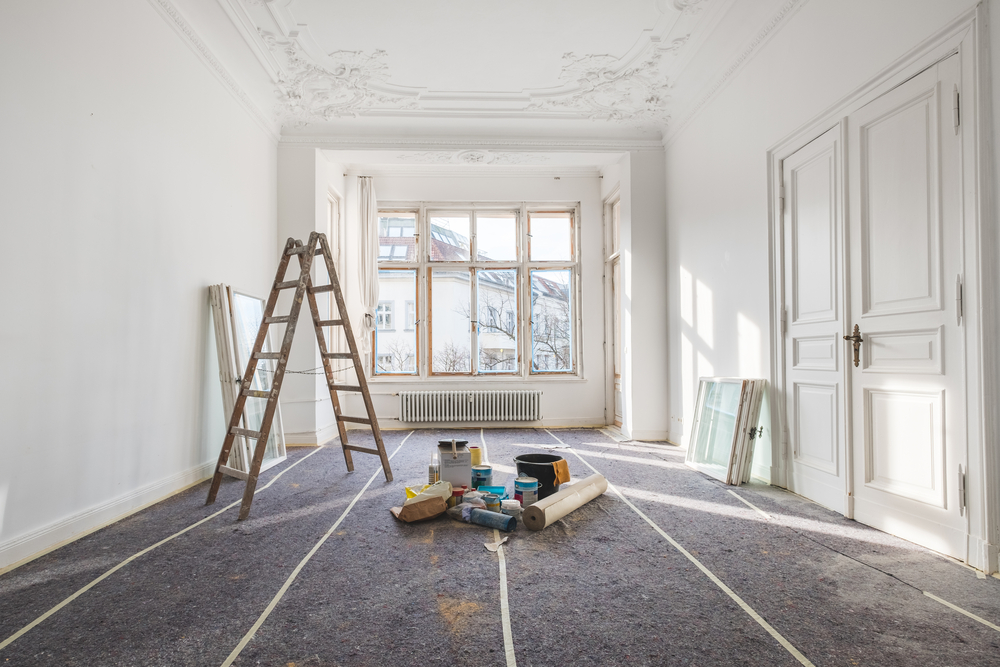New England's historic homes are a testament to America's rich architectural legacy, offering an enchanting glimpse into the past. If you’re drawn to the classic allure of these homes and dream of owning your own piece of history, this guide is tailored for you. From navigating the unique buying process of historic properties to learning how to restore and preserve these architectural gems, we’ll walk you through everything you need to know to embark on this rewarding journey in 2025.
Understanding the Historic Home Buying Process in New England
Buying a historic home is not quite the same as purchasing a modern property. Here's what you need to know:
- Researching the Market and Finding the Right Property
Before you make an offer on a historic home, it's crucial to understand the market. New England is filled with historic districts that are rich in character, each offering unique benefits and challenges. Get to know the specific requirements and perks of these areas. Engaging with a realtor who specializes in historic properties can be immensely beneficial. They can guide you through the local legislation, historic registries, and neighborhood nuances.
- Considerations and Challenges Unique to Historic Properties
Historic homes often come with their own set of challenges, including potential repair needs, compliance with preservation guidelines, and more. It's essential to conduct thorough inspections and due diligence. Understanding the historical context and architectural features can also enhance your appreciation and help you make informed decisions.
- Financing Options and Grants for Historic Homes
Securing financing for a historic home may require exploring specialized lending products. Some federal and state programs offer incentives, grants, and tax breaks to encourage the preservation of historic properties. Research these opportunities and liaise with financial advisors familiar with historic property investments to make the most of these benefits.
Mastering the Art of Restoring Your New England Historic Home
Restoration is a pivotal step in bringing an old home back to life. Here's how to do it with reverence and practicality:
- Planning and Prioritizing Restoration Projects
Start by identifying which aspects of the home require immediate attention and create a comprehensive restoration plan. Prioritize projects based on urgency, budget, and historical value. It’s helpful to categorize tasks — from structural repairs to aesthetic enhancements — to efficiently allocate resources.
- Balancing Modern Comfort with Historical Integrity
While modernizing a historic home can create a more comfortable living space, it’s crucial to maintain its historical integrity. Work with contractors and designers who have experience with historic restorations to ensure that updates are both sensitive and practical, blending modern amenities with period-correct details.
- Sourcing Materials and Crafting Authentic Restorations
Original materials can make a significant difference in preserving the character of a historic home. Whenever possible, source period-appropriate materials and skilled craftsmen who understand traditional construction techniques. This attention to detail can greatly enhance both the aesthetic appeal and value of the property.
Preserving New England’s Heritage: Long-term Care for Historic Homes
Ongoing preservation is key to maintaining a historic home's charm. Here's how to ensure its legacy continues:
- Regular Maintenance Routines to Protect Your Investment
Routine maintenance is crucial for the preservation of historic homes. Develop a maintenance schedule that includes periodic inspections, cleaning, and minor repairs to prevent larger issues. This proactive approach ensures the home remains in good condition for future generations.
- Engaging with Local Historic Societies and Preservation Groups
Become part of the heritage community by joining local historic societies and preservation groups. These organizations often offer invaluable resources, support, and educational programs to help homeowners care for their historic properties effectively.
- Adaptive Use and Modern Sustainability Practices
Innovative adaptive reuses, such as converting unused spaces for modern needs, can enhance the functionality of historic homes while adhering to preservation practices. Incorporating sustainability measures like energy-efficient heating, cooling, and insulation can also be seamlessly integrated without compromising historical integrity.
Purchasing, restoring, and preserving a historic home in New England is a unique endeavor that not only enriches your life but also contributes to the preservation of America's heritage. With the right knowledge, resources, and community, you can transform your dream house into a stunning historical abode that stands the test of time. Ready to start your journey? Connect with our expert real estate team today to find the perfect historic home in New England and begin crafting your legacy.



